Home>Home Appliances>Bathroom Appliances>Why Is My Water Flosser Not Working
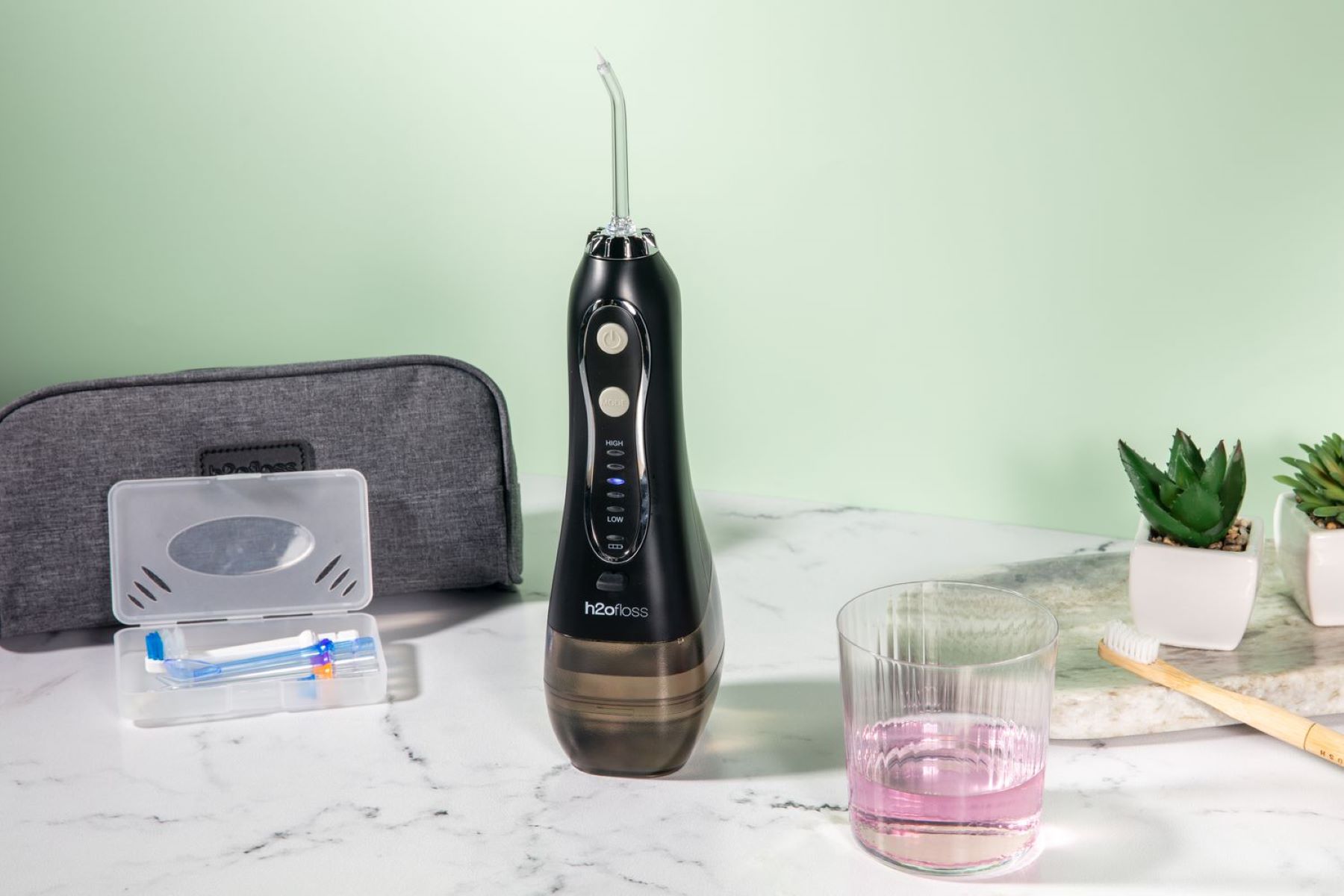

Bathroom Appliances
Why Is My Water Flosser Not Working
Modified: February 18, 2024
Discover common reasons why your water flosser may not be working and learn how to troubleshoot it. Keep your bathroom appliances in top condition.
(Many of the links in this article redirect to a specific reviewed product. Your purchase of these products through affiliate links helps to generate commission for Storables.com, at no extra cost. Learn more)
Common Reasons for Water Flosser Malfunction
A water flosser is a valuable tool for maintaining oral hygiene, but encountering issues with its functionality can be frustrating. Understanding the common reasons behind water flosser malfunction can help users troubleshoot and prevent such issues. Here are some prevalent factors that can lead to water flosser problems:
-
Water Pressure Fluctuations: Inconsistent water pressure is a frequent issue that users may encounter. This can result from mineral deposits or debris clogging the water flosser's nozzle or water pump. Additionally, air pockets within the water line can disrupt the flow of water, leading to irregular pressure during usage.
-
Mineral Build-Up: Over time, mineral deposits from water, such as calcium and limescale, can accumulate within the water flosser. This build-up can obstruct the water flow, affect pressure, and even lead to nozzle blockages. Consequently, it diminishes the device's effectiveness in removing plaque and debris from the teeth and gums.
-
Nozzle Blockages: The nozzle of the water flosser may become obstructed by food particles, mineral deposits, or other debris. This can impede the proper flow of water and affect the device's performance, resulting in uneven or weak water distribution during use.
-
Faulty Seals or O-Rings: The presence of damaged or worn-out seals and O-rings within the water flosser can lead to leaks or loss of pressure. These components are crucial for maintaining a watertight seal, and any deterioration can compromise the overall functionality of the device.
-
Electrical Issues: Water flossers that are powered by electricity may experience malfunctions due to issues such as faulty wiring, damaged power cords, or problems with the internal electrical components. These issues can disrupt the device's operation and pose safety hazards to users.
Understanding these common reasons for water flosser malfunction empowers users to identify and address potential issues promptly. By recognizing these factors, individuals can take proactive measures to troubleshoot their water flossers and ensure optimal performance for their oral care routine.
Key Takeaways:
- Keep your water flosser working by checking water supply, cleaning the nozzle, and flushing the system regularly. Proper maintenance ensures optimal performance for your oral hygiene routine.
- When troubleshooting your water flosser, inspect seals, O-rings, and electrical components. If issues persist, seek professional help from the manufacturer or authorized service centers for expert assistance.
Read more: Why My Water Heater Is Not Working
Troubleshooting Steps for Water Flosser Issues
When encountering issues with a water flosser, it's essential to perform systematic troubleshooting to identify and resolve the underlying problems. By following these steps, users can effectively address common issues and restore their water flosser's functionality:
-
Check Water Supply: Begin by ensuring that the water flosser is properly connected to a reliable water supply. Verify that the water reservoir is filled to the recommended level and securely attached to the base of the device. Inadequate water supply can lead to weak or inconsistent water flow during usage.
-
Inspect Nozzle and Water Line: Examine the nozzle of the water flosser for any visible blockages or debris. If present, carefully clean the nozzle using a soft brush or implement provided by the manufacturer. Additionally, inspect the water line for any kinks, twists, or damage that may impede water flow. Straightening the water line and ensuring unobstructed passage can help resolve pressure-related issues.
-
Flush the System: To address mineral build-up and potential blockages within the water flosser, perform a thorough system flush. Fill the reservoir with a mixture of water and white vinegar, then run the flosser for a complete cycle. This process helps dissolve mineral deposits and clear any obstructions within the device, restoring optimal water flow and pressure.
-
Inspect Seals and O-Rings: Carefully examine the seals and O-rings within the water flosser for signs of wear, damage, or misalignment. Damaged seals can lead to leaks and loss of pressure. If necessary, replace these components with genuine parts recommended by the manufacturer to ensure a proper seal and prevent water leakage.
-
Electrical Checks: For electric water flossers, verify the power source and inspect the power cord for any visible damage. Ensure that the device is securely plugged into a functioning outlet and that the power switch is in the correct position. If the flosser fails to power on or experiences electrical malfunctions, discontinue use and seek professional assistance to avoid potential safety hazards.
-
Refer to User Manual: If troubleshooting steps do not resolve the issue, consult the user manual provided with the water flosser. Manufacturers often include specific troubleshooting guidelines and contact information for customer support. Following the recommended procedures outlined in the manual can provide further insight into resolving persistent issues.
By systematically addressing these troubleshooting steps, users can effectively diagnose and resolve common water flosser issues, ensuring the device operates at its optimal capacity for maintaining oral hygiene. Regular maintenance and proactive troubleshooting can prolong the longevity of the water flosser and enhance its overall performance.
Maintenance Tips for Water Flosser Performance
Proper maintenance is crucial for ensuring the consistent and effective performance of a water flosser. By implementing regular maintenance practices, users can prolong the lifespan of their device and optimize its functionality. Here are essential maintenance tips to uphold water flosser performance:
-
Cleaning the Reservoir: Regularly clean the water reservoir of the flosser to prevent the accumulation of bacteria, mold, or mineral deposits. After each use, empty any remaining water, and thoroughly rinse the reservoir with warm water. Periodically, disinfect the reservoir by filling it with a mixture of water and mild antibacterial mouthwash, then rinsing it thoroughly.
-
Nozzle Maintenance: The nozzle of the water flosser plays a pivotal role in delivering targeted water pressure for effective oral cleaning. To maintain optimal performance, remove the nozzle after each use and rinse it thoroughly to remove any residual plaque or debris. Additionally, soak the nozzle in a mixture of water and vinegar to dissolve mineral deposits and ensure unobstructed water flow.
-
Regular System Flush: Performing a system flush with a mixture of water and white vinegar helps prevent mineral build-up within the water flosser. This simple maintenance practice can effectively dissolve any accumulated deposits and clear the internal components, ensuring consistent water pressure and flow during usage.
-
Replacing Nozzles and Components: Over time, the nozzles and other components of the water flosser may wear out or become less effective. It is advisable to replace the nozzles as recommended by the manufacturer to maintain optimal performance. Additionally, inspect other components such as O-rings and seals for wear and tear, replacing them when necessary to prevent leaks and maintain pressure.
-
Proper Storage: When not in use, store the water flosser in a clean and dry environment. Ensure that the device is stored upright to allow any residual water to drain properly, preventing the growth of mold or bacteria. Proper storage also protects the flosser from potential damage and maintains its overall hygiene.
-
Routine Inspection: Periodically inspect the entire water flosser for any signs of damage, wear, or malfunction. Check the power cord, control buttons, and water reservoir for any issues that may affect the device's performance. Promptly addressing any identified concerns can prevent potential malfunctions and ensure consistent functionality.
By adhering to these maintenance tips, users can uphold the performance and longevity of their water flosser, ensuring that it remains a reliable tool for maintaining optimal oral hygiene. Regular maintenance not only enhances the device's effectiveness but also contributes to a hygienic and safe oral care routine.
Seeking Professional Help for Water Flosser Problems
In instances where troubleshooting and maintenance efforts do not resolve persistent water flosser issues, seeking professional assistance becomes imperative to address underlying problems effectively. Professional help can provide expert insight, technical expertise, and specialized solutions to rectify complex or severe malfunctions that may compromise the device's performance. Here are essential considerations when seeking professional help for water flosser problems:
Manufacturer's Customer Support
Contacting the manufacturer's customer support is often the initial step in seeking professional assistance for water flosser issues. Manufacturers typically offer dedicated customer service channels, including helplines, email support, and online resources. By reaching out to the manufacturer, users can access technical guidance, warranty-related assistance, and specific recommendations for addressing persistent malfunctions.
Read more: Why Is My Water Pump Not Working
Authorized Service Centers
Many water flosser manufacturers have authorized service centers staffed with trained technicians who specialize in diagnosing and repairing device malfunctions. These service centers possess the expertise and genuine replacement parts necessary to address complex issues effectively. Users can benefit from the assurance of quality service and genuine parts, ensuring the optimal functionality and longevity of their water flossers.
Professional Dental Assistance
In cases where water flosser malfunctions may impact oral health or require specialized attention, consulting dental professionals can provide valuable insights. Dentists and dental hygienists can offer guidance on the impact of water flosser malfunctions on oral hygiene and recommend suitable solutions. Their expertise can help users understand the implications of device malfunctions and make informed decisions regarding professional repairs or replacements.
Certified Technicians and Repair Services
Seeking assistance from certified technicians or reputable repair services specializing in oral care devices can provide comprehensive solutions for water flosser problems. These professionals possess the technical knowledge and experience to diagnose and address a wide range of malfunctions, ensuring the restoration of the water flosser's optimal functionality.
Warranty Coverage and Service Agreements
For users with active warranties or service agreements, leveraging these benefits can facilitate access to professional assistance without incurring additional costs. Manufacturers often provide warranty coverage for repairs and replacements, allowing users to address water flosser issues without financial burden. Understanding the terms of warranty coverage and service agreements is essential when seeking professional help for device malfunctions.
By considering these avenues for professional assistance, users can effectively address persistent water flosser problems, ensuring the restoration of optimal functionality and the continued efficacy of their oral care routine. Professional expertise and specialized solutions play a pivotal role in resolving complex malfunctions and maintaining the reliability of water flossers for long-term oral hygiene benefits.
Frequently Asked Questions about Why Is My Water Flosser Not Working
Was this page helpful?
At Storables.com, we guarantee accurate and reliable information. Our content, validated by Expert Board Contributors, is crafted following stringent Editorial Policies. We're committed to providing you with well-researched, expert-backed insights for all your informational needs.
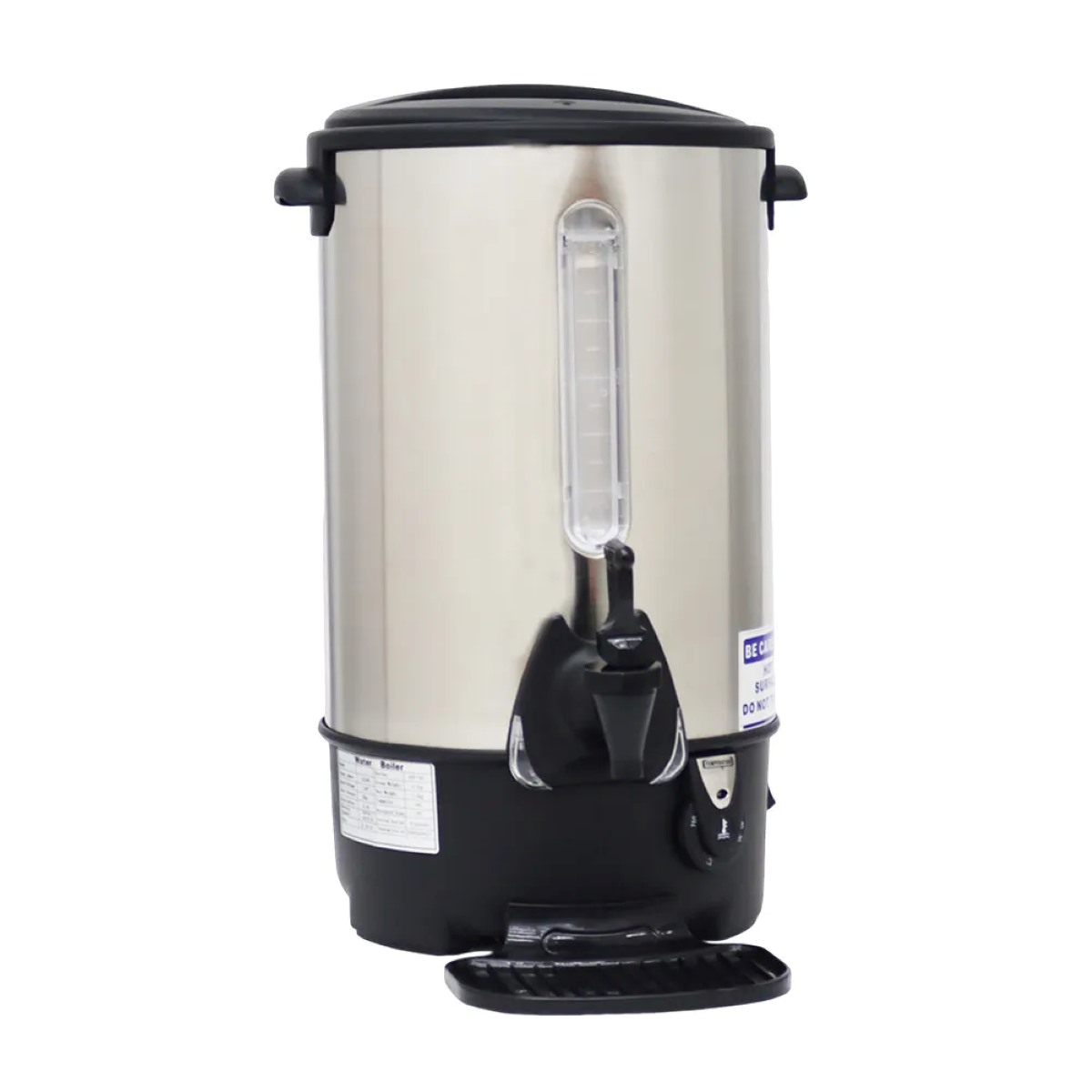
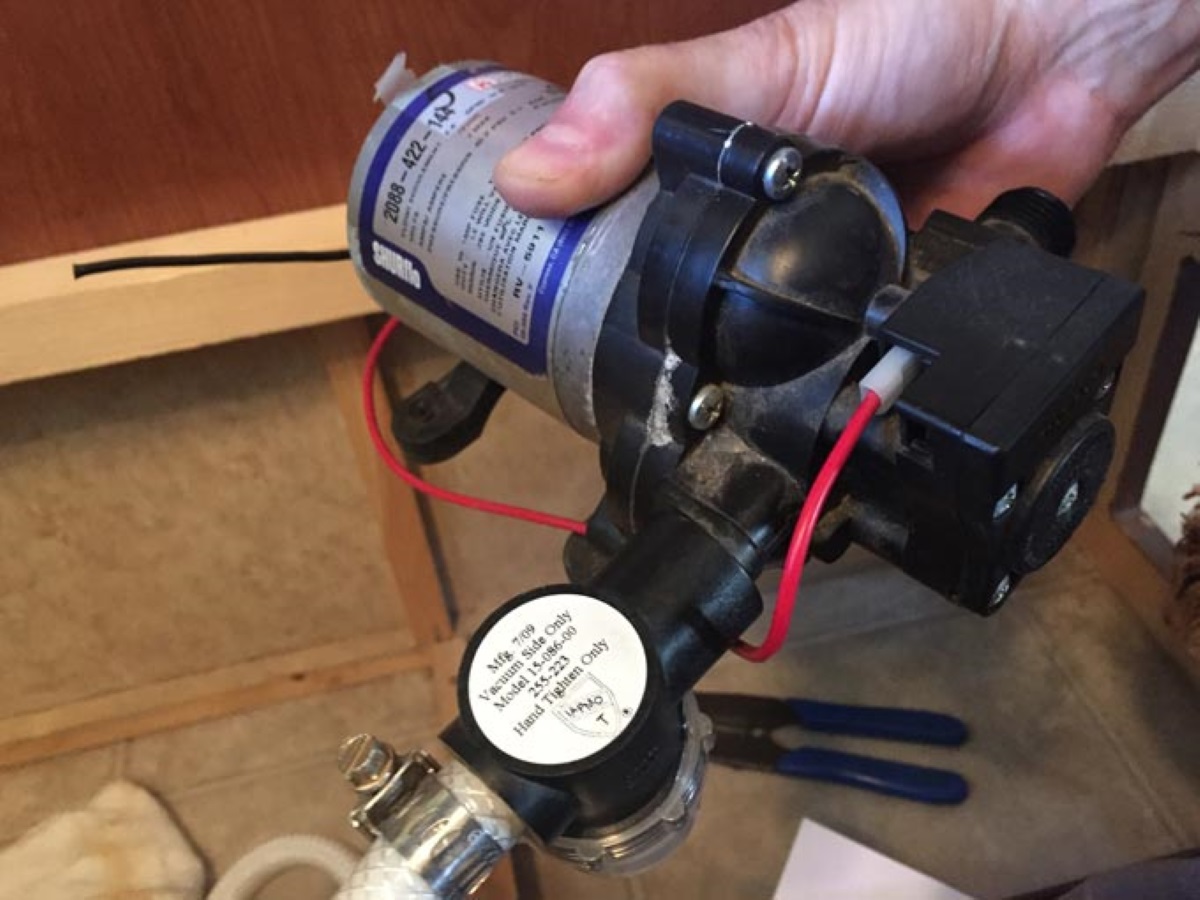
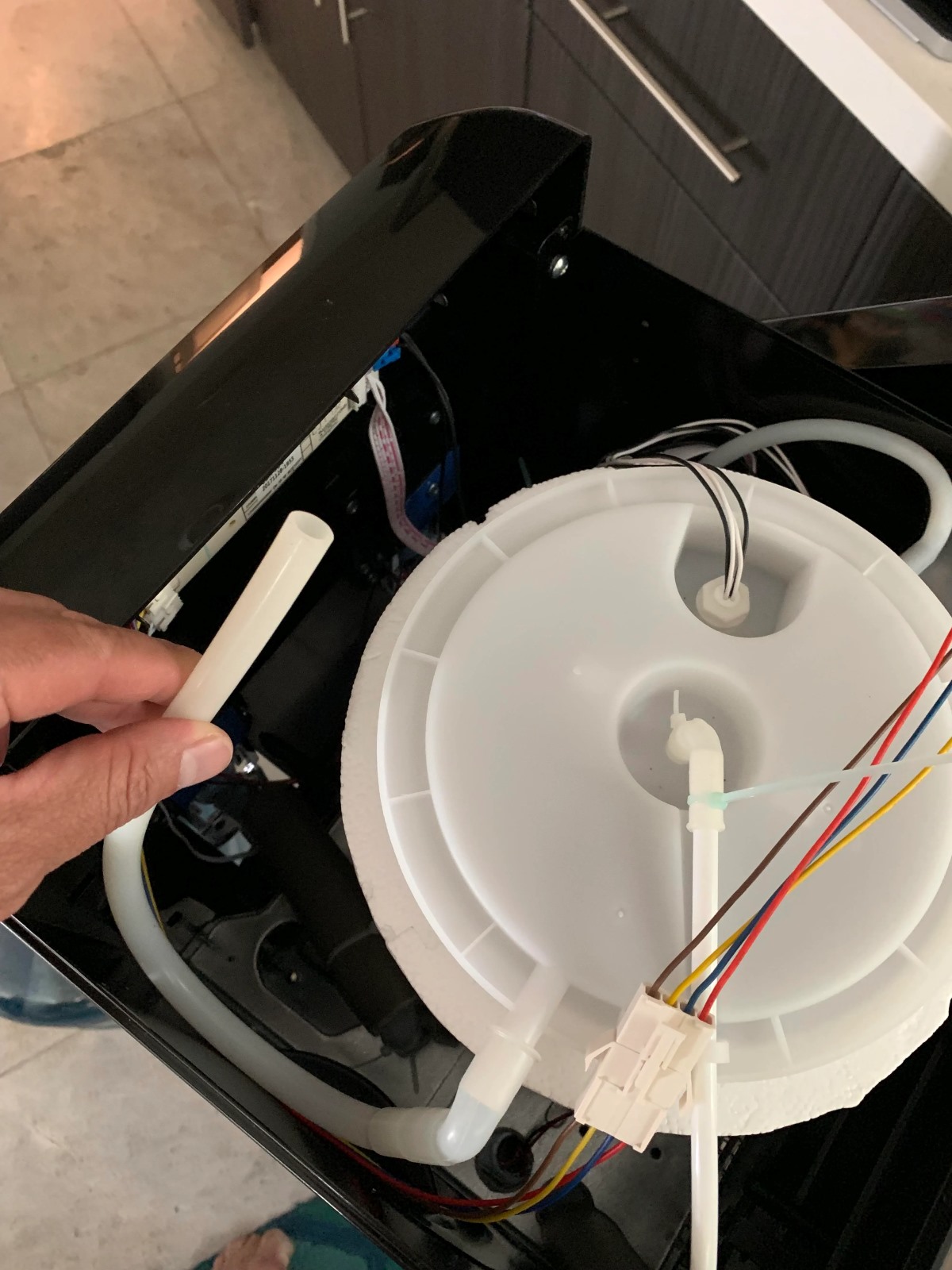
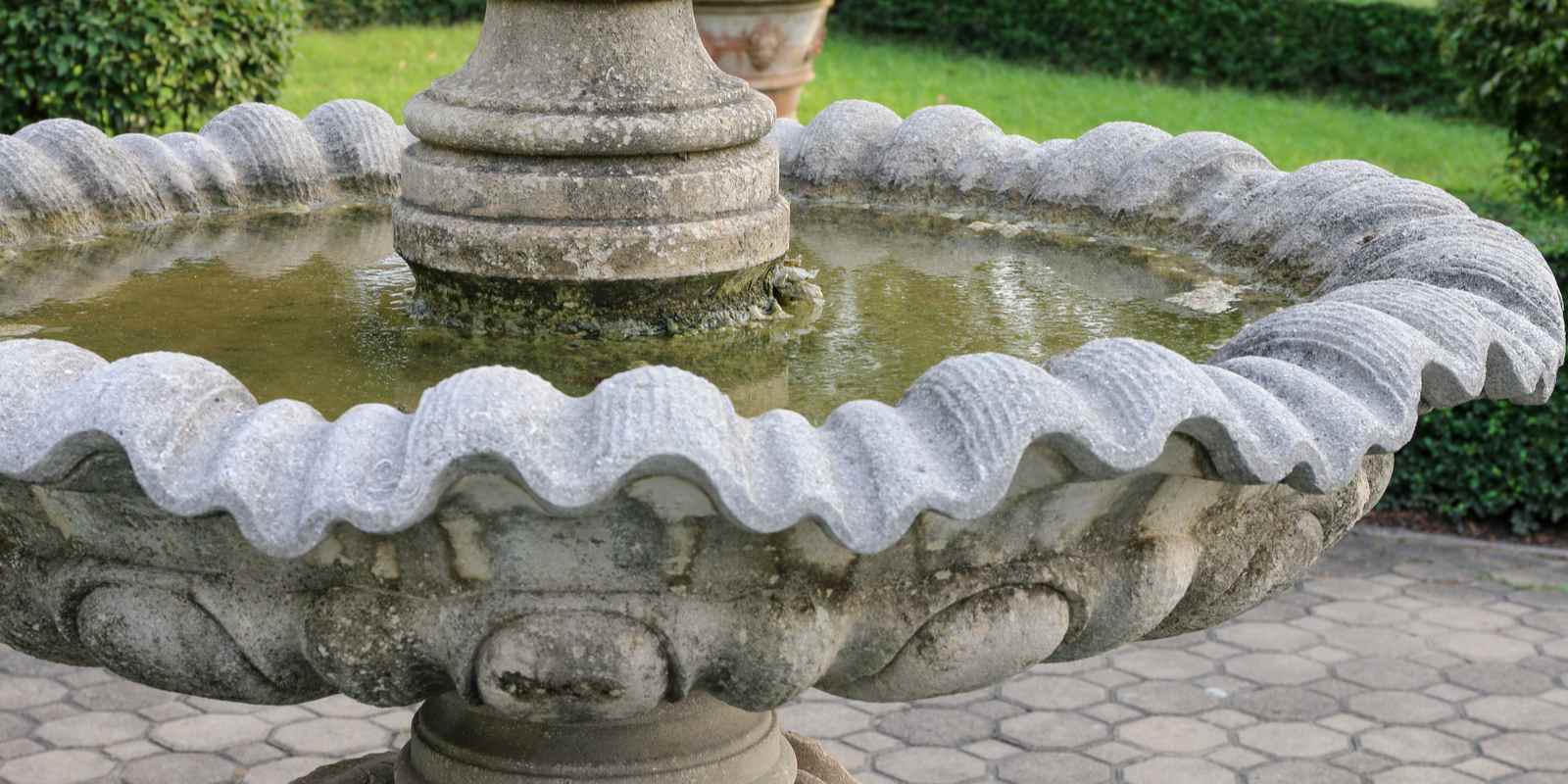
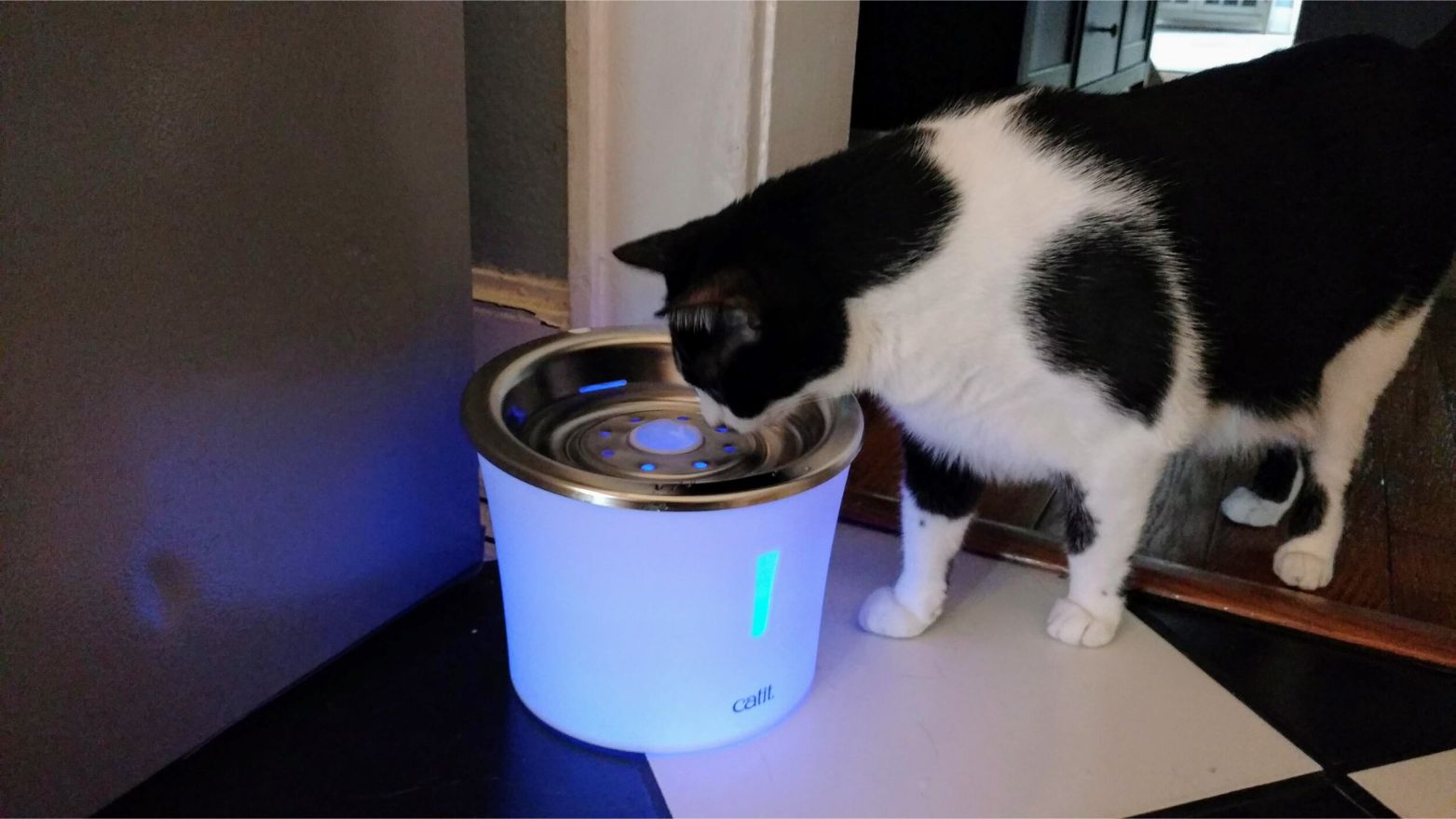
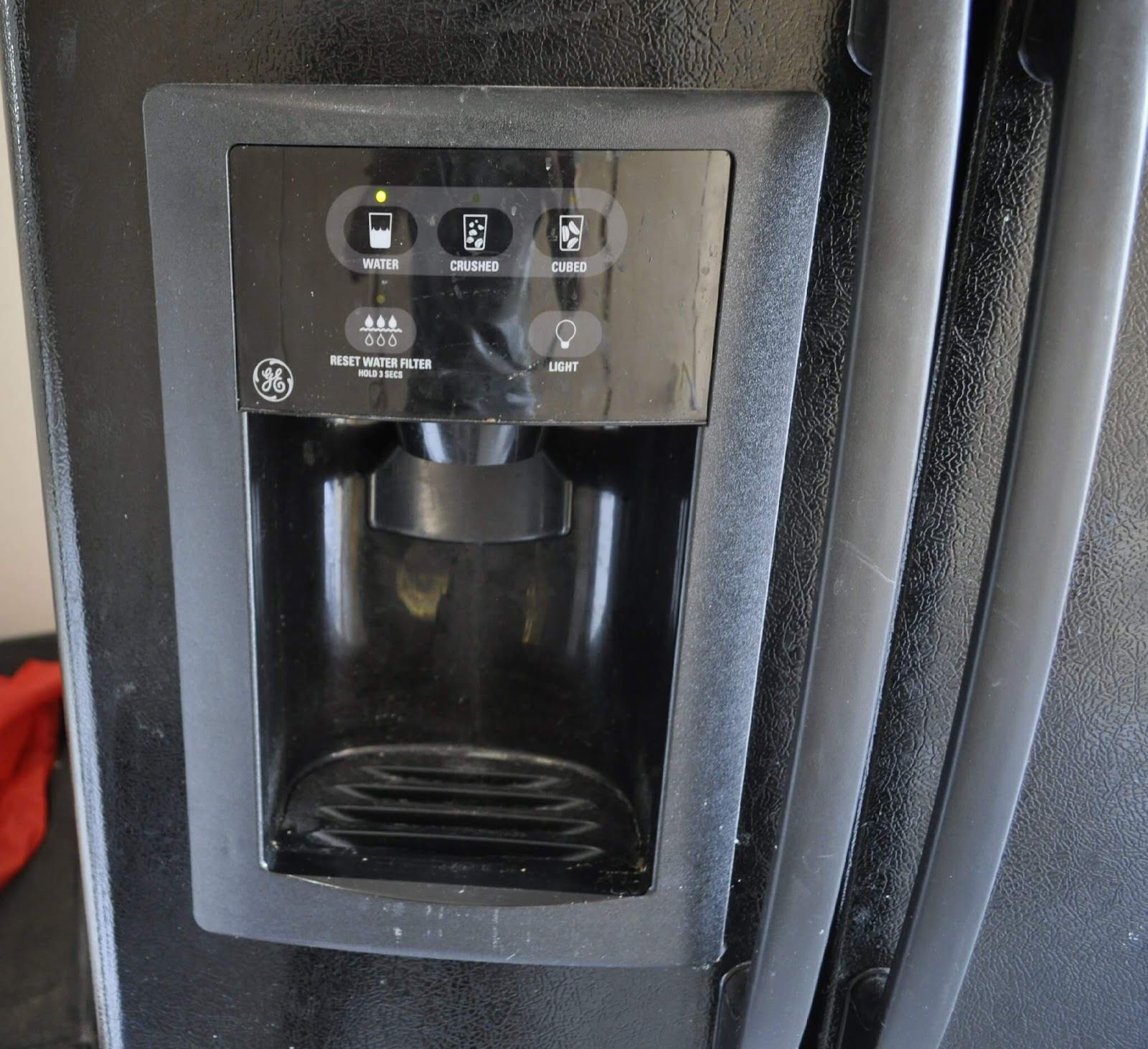
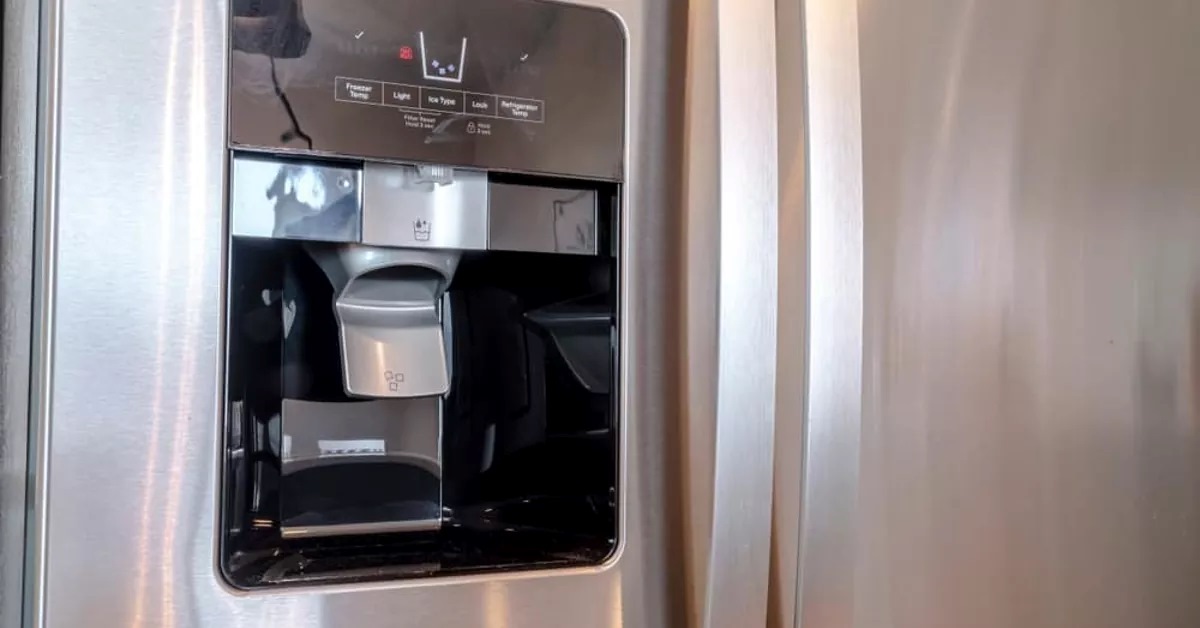
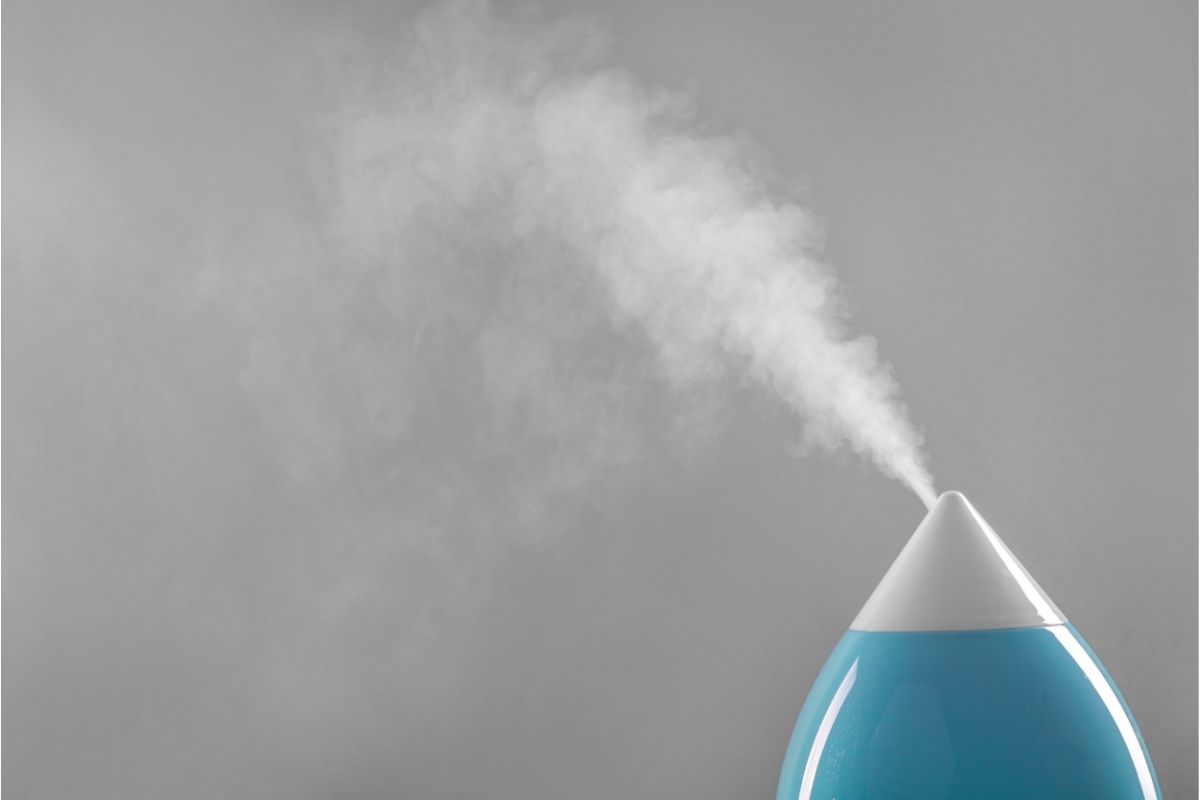
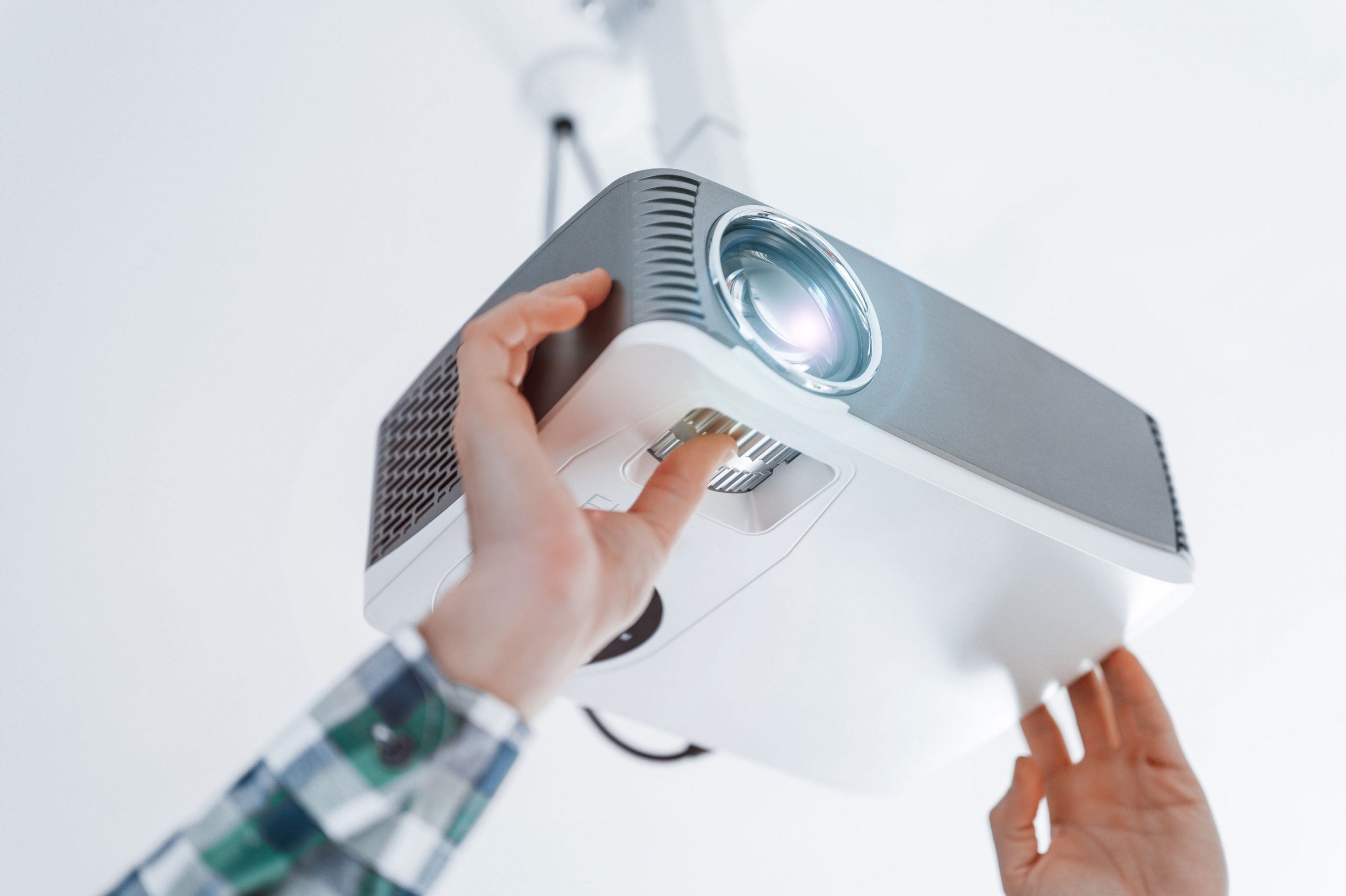
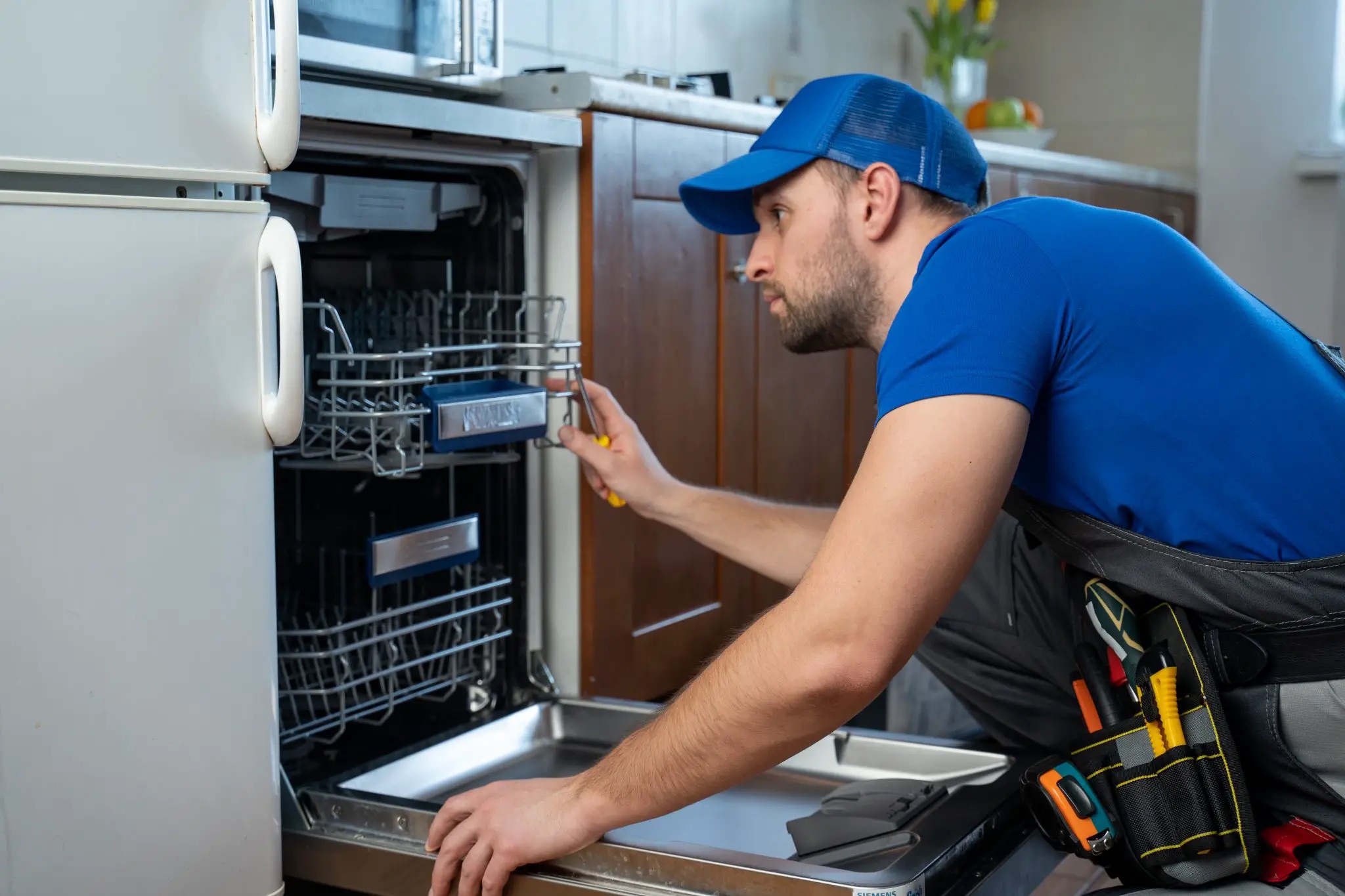
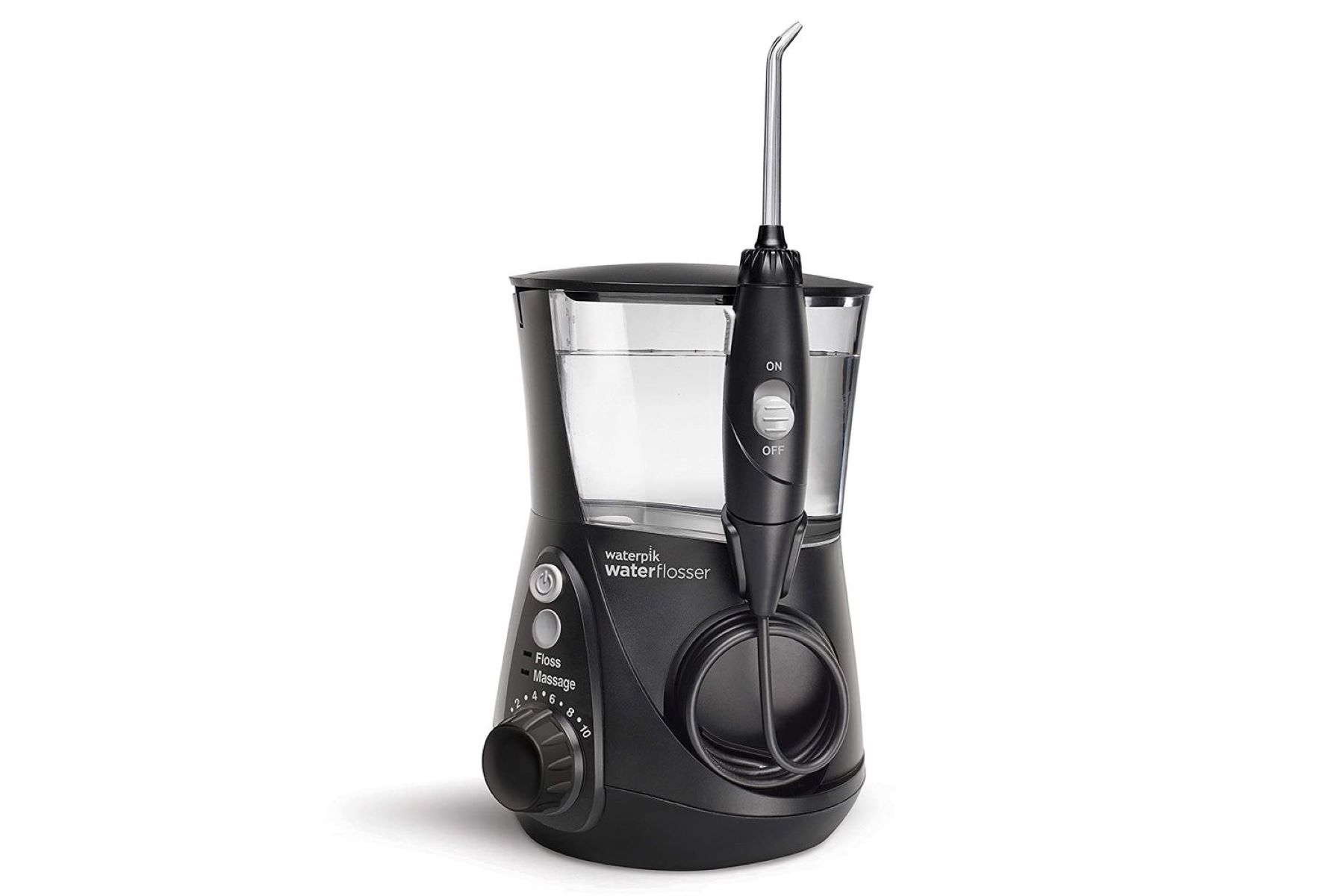
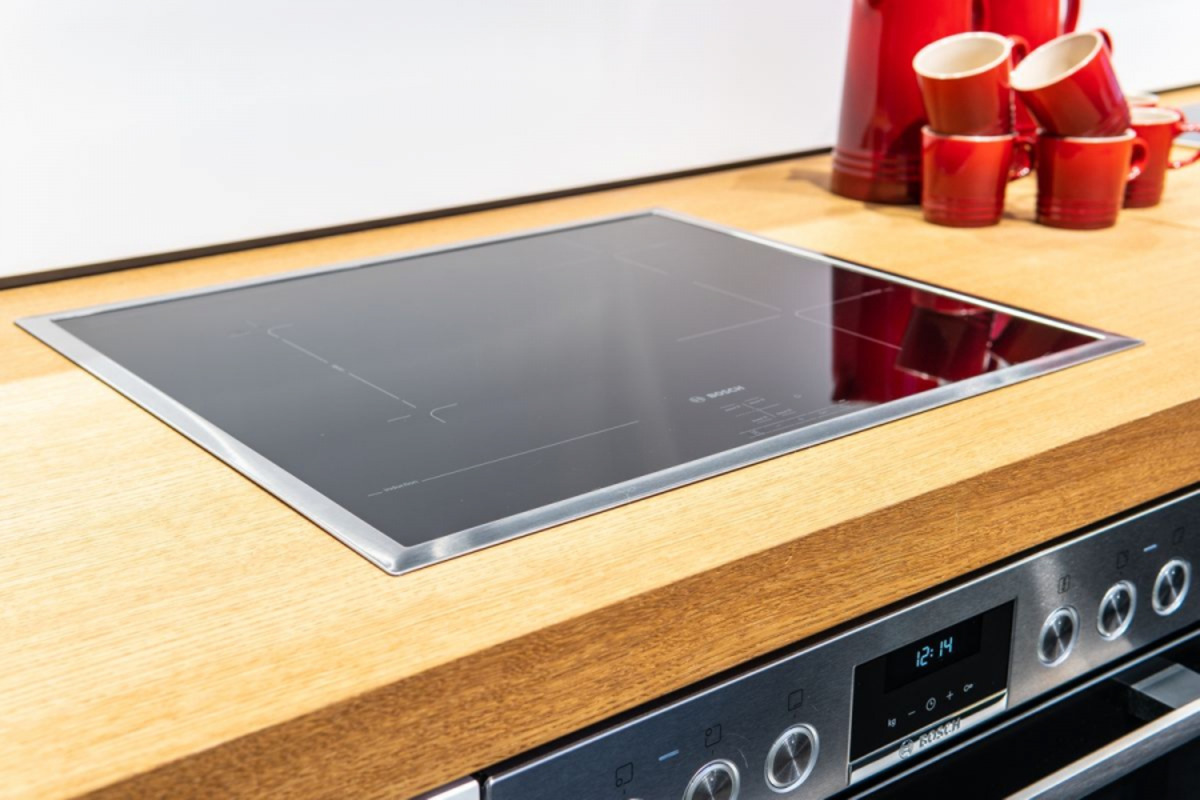
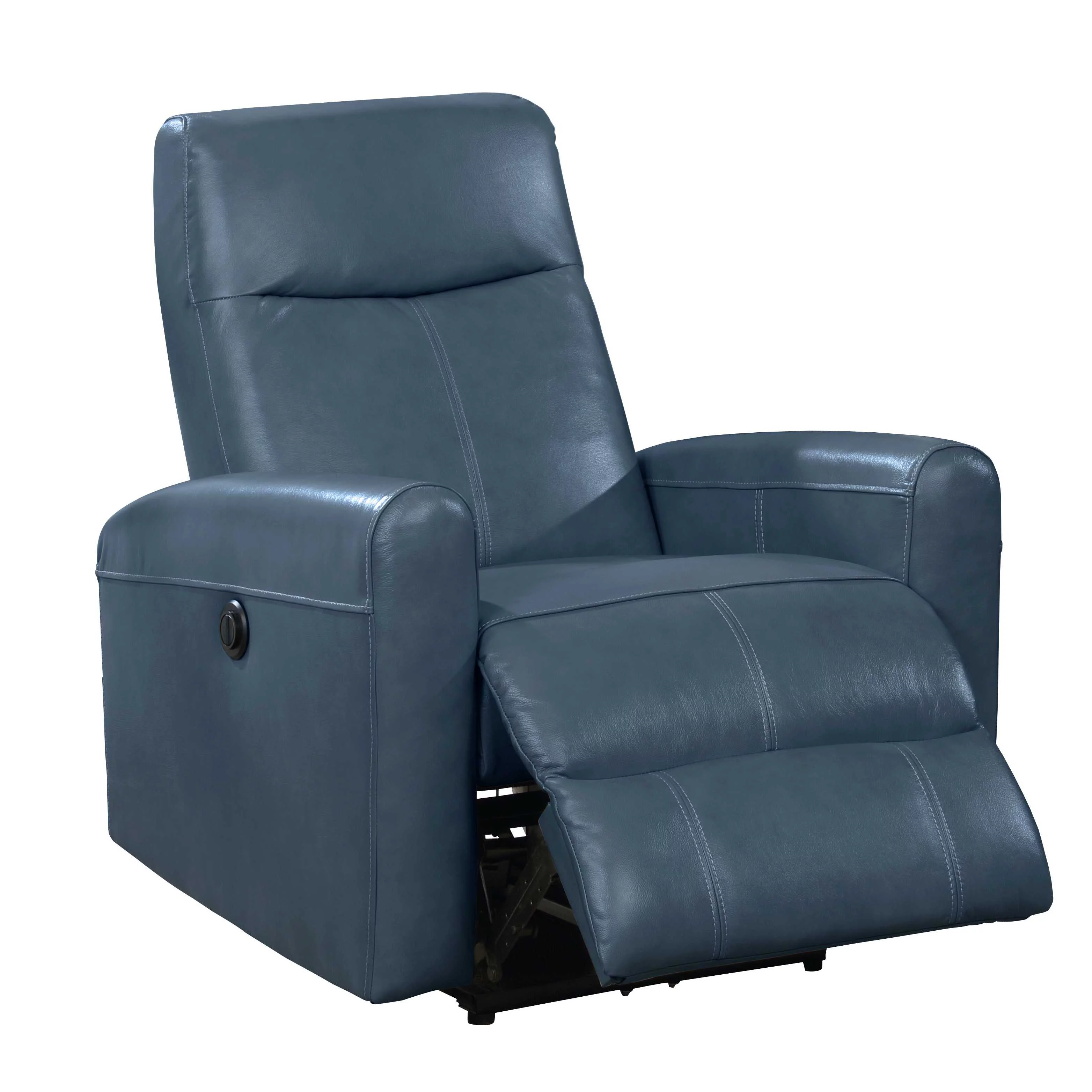
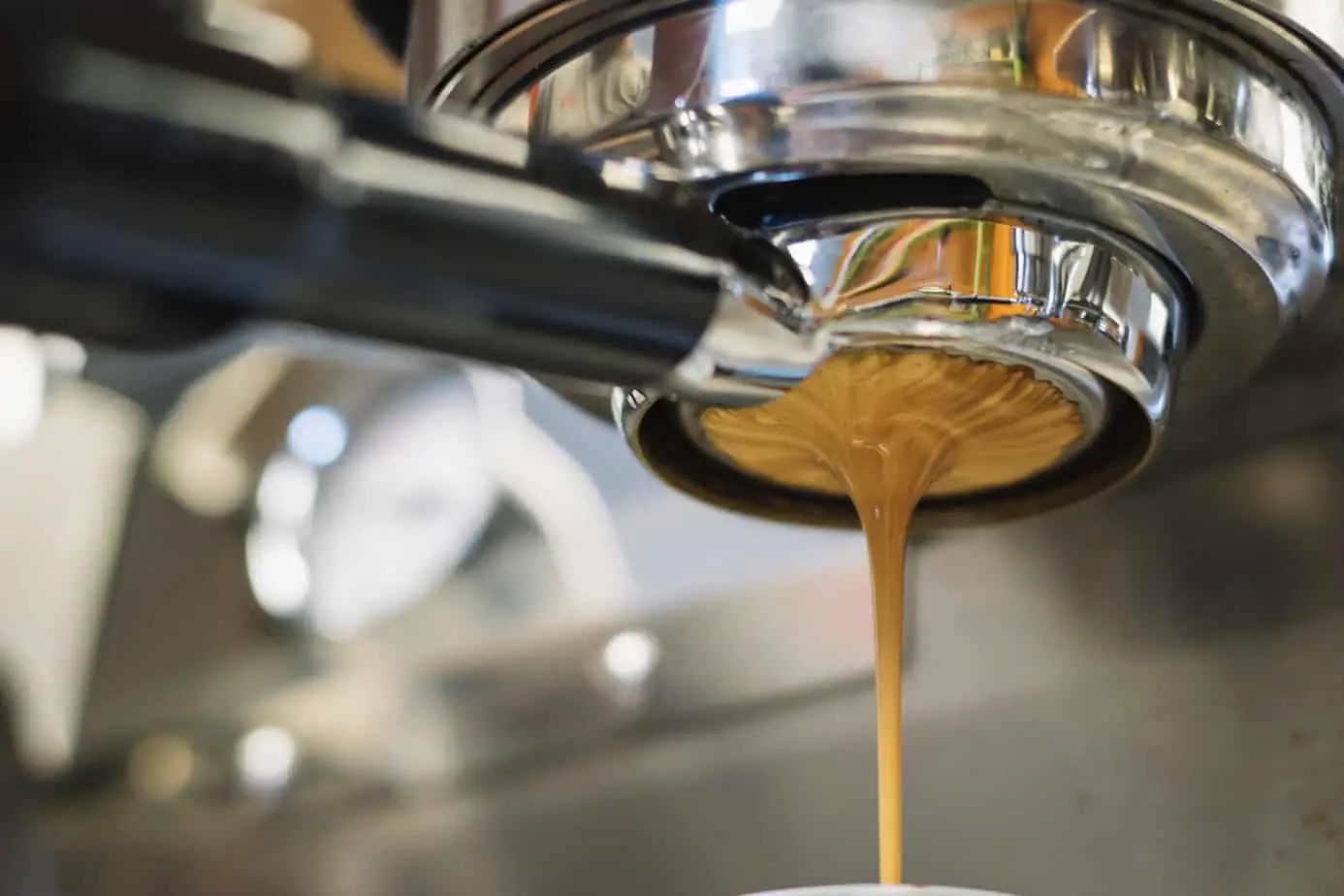

0 thoughts on “Why Is My Water Flosser Not Working”